We vacationed in Sweden in June 2014. We arrived after the spring migration and we didn’t venture very far from the main urban centres, our travels were rather limited. Most of our three weeks were spent in and around Stockholm, but we had three days in the county of Dalarna, a very pretty, mostly rural district north of Stockholm, and we spent four or five days in and around Gothenburg. We were there to visit family not to go birding, and given when and where we were, my bird sightings were hardly exotic. A couple of times it occurred to me that I just might be cataloguing the Garden Birds of Europe.
Stockholm is a port city on the non-tidal Baltic Sea whereas Gothenburg (not pronounced anything like the way you might imagine) lies on the West side of Sweden, sort of facing into the North Sea.
Sweden, Swedes and birds. Long before we left home, I reviewed the Princeton Field Guide, Birds of Europe, looking particularly at range maps so that I’d have some idea of what to expect. Just as in lower North America, many species fly over the gentler, more inhabited parts of Sweden heading for Arctic breeding grounds, and so are infrequently seen by most birders unless they’re really paying close attention during migration times. Before departure I tried e-mailing birders whose names I found on the Stockholm Ornithological Society webpage, but I received no responses. I was however able to establish contact with a Stockholm birder through Birdingpal.
It seems that birding or bird-watching is not particularly popular in Sweden, certainly not as it is in the U.K, Canada or the USA. One of our hosts was quite baffled by my interest in something as insignificant as bird life; chacun a son goût.
Garden Birds. Stockholm is a remarkably green city. Time and again I marvelled at how the Swedes have taken an elementally beautiful landscape and laid something as intrusive and abusive as a capital city over it -and succeeded. We stayed in a small apartment within easy walking distance of lots of un-manicured, mixed forest, greenspace, relaxed parks and lakeside trails. Perhaps the most common species anywhere was the White Wagtail (of which the Pied Wagtail is a subspecies found in the British Isles). Blue Tits, Great Tits, Blackbirds, Robins, Greenfinches and Fieldfares were all around.
Gulls. I noted four species of gull: Black-headed, Common, Great Black-backed and Lesser Black-backed Gull. The Lesser BBGs were the ‘Baltic’ subspecies , and very elegant they were too. I couldn’t help taking photos of them.
Crows. Only one classic crow, the Hooded Crow. But there were others in the Corvid family: Common Ravens (if ever an indicator of wild country) nesting in some tall Scots Pines near where we stayed and therefore pretty close to central Stockholm; Magpies, really common wherever we went in Sweden; Jays in wooded areas and Jackdaws around buildings and public places where they could scavenge from café tables.
Waterfowl and other shoreline sightings. Except for a surprise Black-throated Loon (a.k.a Arctic Loon) and lingering looks at Common Eiders, it was pretty unexciting. Oystercatchers for all their dramatic appearances, hardly turned anyone’s head except mine; I like them. I watched this pair wandering around in a park probing the soft grassy expanses for something: presumably not oysters. To me they were a compelling sight; to Swedes passing by they seemed to be no more interesting than the mown grass itself.
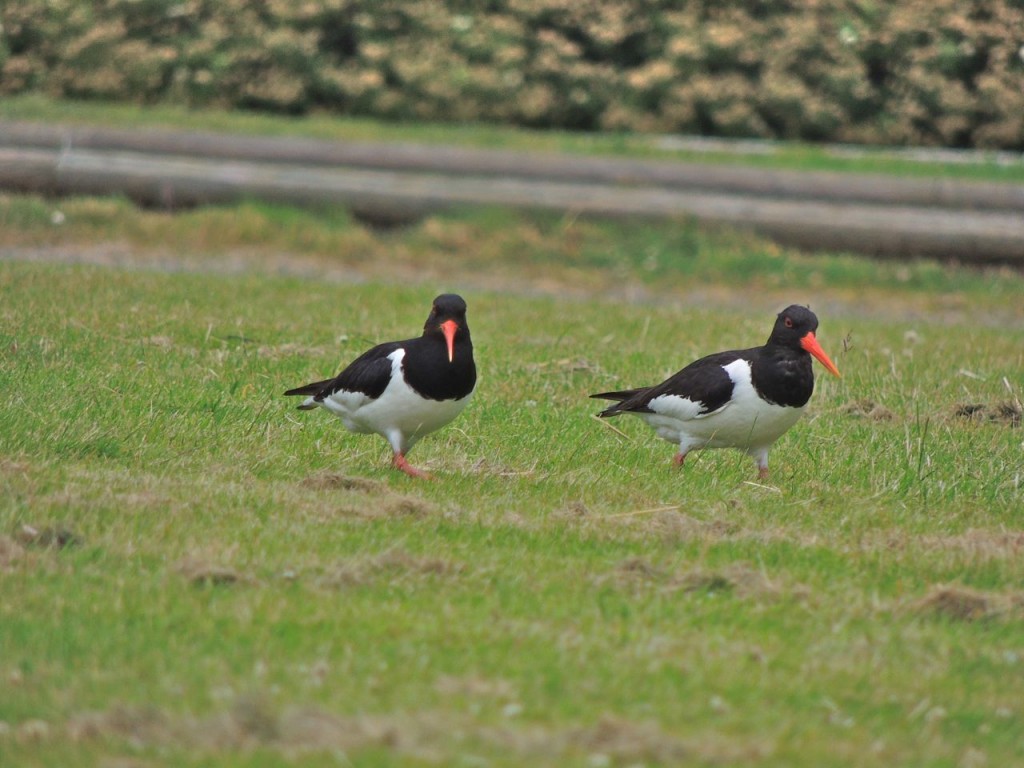
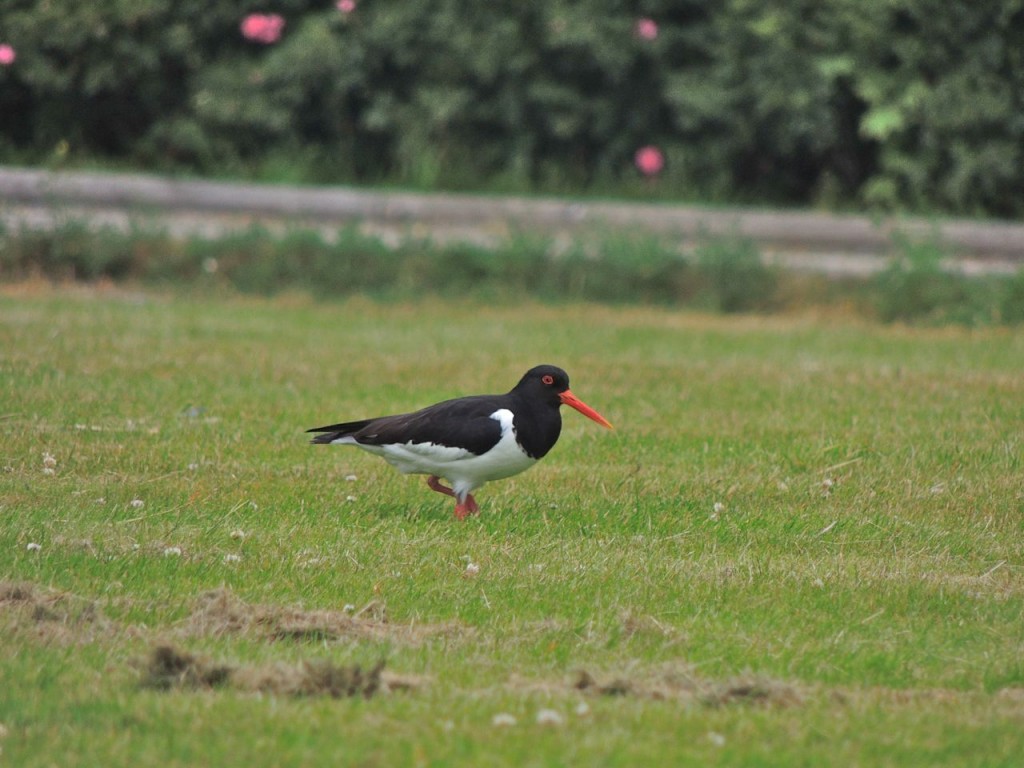
Birds I wish I’d got closer to. White Wagtails were really common, but I really had hoped to see Grey Wagtails; they’re much prettier. In the end I did, but it was a rather distant sighting.
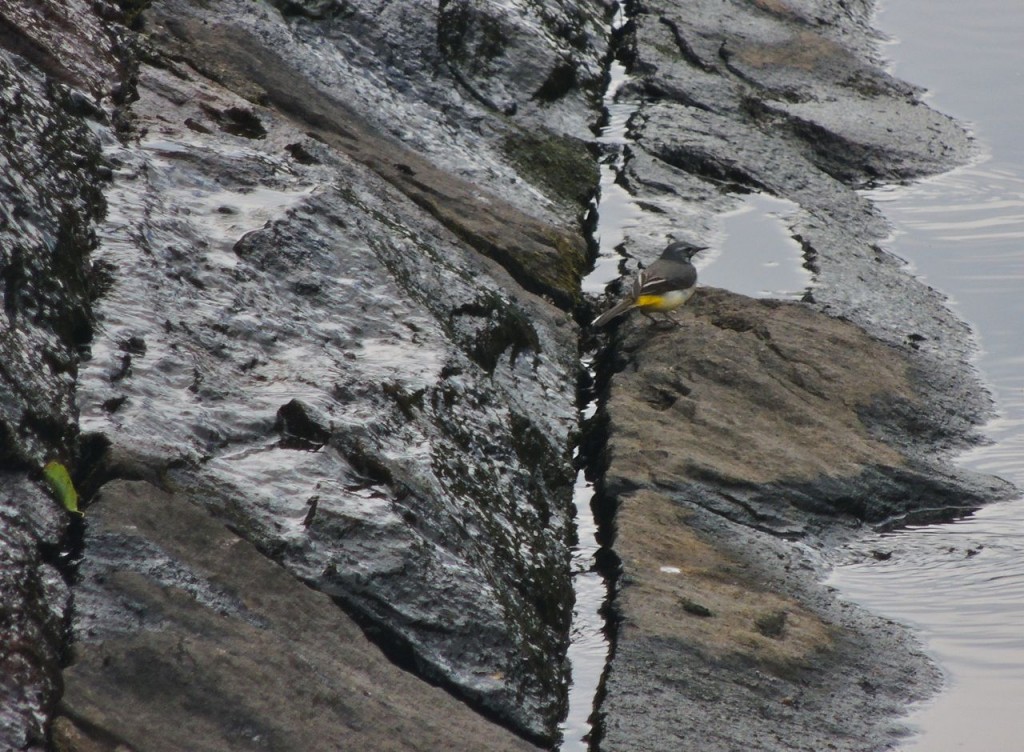
A Common Redstart overhead on one of my urban morning walks was inspiring. My books says they’re fairly common but that they stay close to trees and bushes with only fleeting trips to the ground. That describes my bird. I had long lingering studies of a Hawfinch, a new bird to me. I wrote about it on June 30th., click here to read about it.
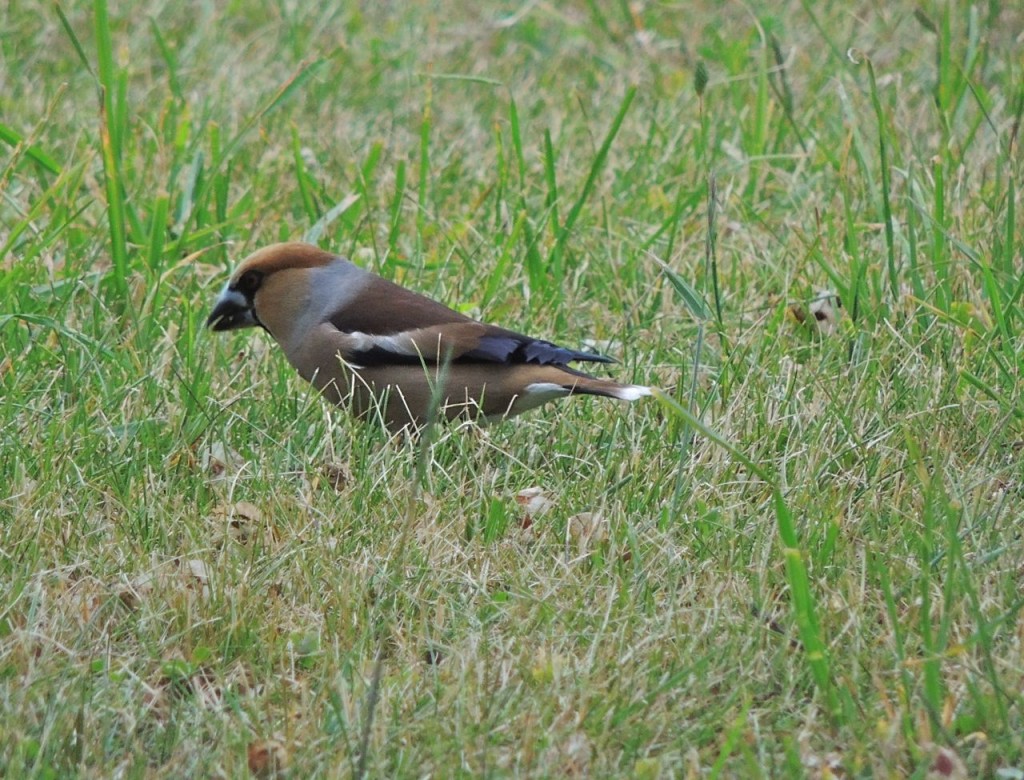
In the company of non-birders you miss opportunities, partly out of consideration for others’ ideas of a day in the country, and partly because they don’t always appreciate the urgency of stopping ‘now!’ rather than at the next convenient lay-by. So it was that I was left with a few mystery raptors. There were several of what I took to be Common Buzzards soaring in rural areas. Common Buzzard is a variable species and the ones I saw all seemed to be very dark. I believe I encountered a couple of Hen Harriers (the same species as our North American Northern Harrier), but they could have been Marsh Harriers; I’ll probably never know, although this teasing photograph of the tail end of one may be enough for an expert to interpret.
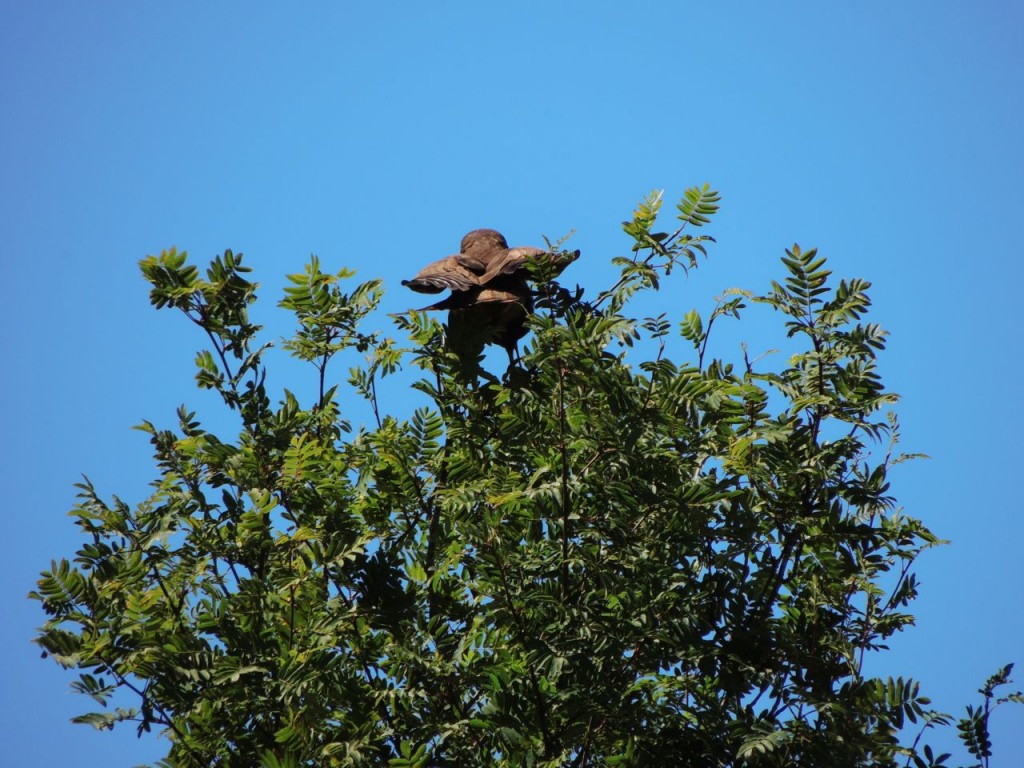
In the densely wooded cemetery at Skogskyrkogarden (see Hawfinch posting for more about this place) I may have seen a Goshawk. The endless clamour of alarm calls by Blackbirds, Chaffinches and others led me off trail to see what the fuss was all about. A large hawk of some kind swept down from on high, sped through the trees and alighted high up a hundred metres or so away, just out of sight. It never let me get any closer. Its size, nervousness, ability to fly through close forest and the habitat led to my suspicions, and so tentative is my suspicion that I’m loathe to even re-type the species’ name.
I heard Sedge Warblers but only conclusively got to see a very few, they don’t leave the cover of reed-beds for many moments. The same goes for Willow Warblers, they are very vocal but not so easy to find, and it’s as well their song is charming otherwise they’d become quite tiresome. Here’s one that was anxious for me to move on so that it could feed its young.
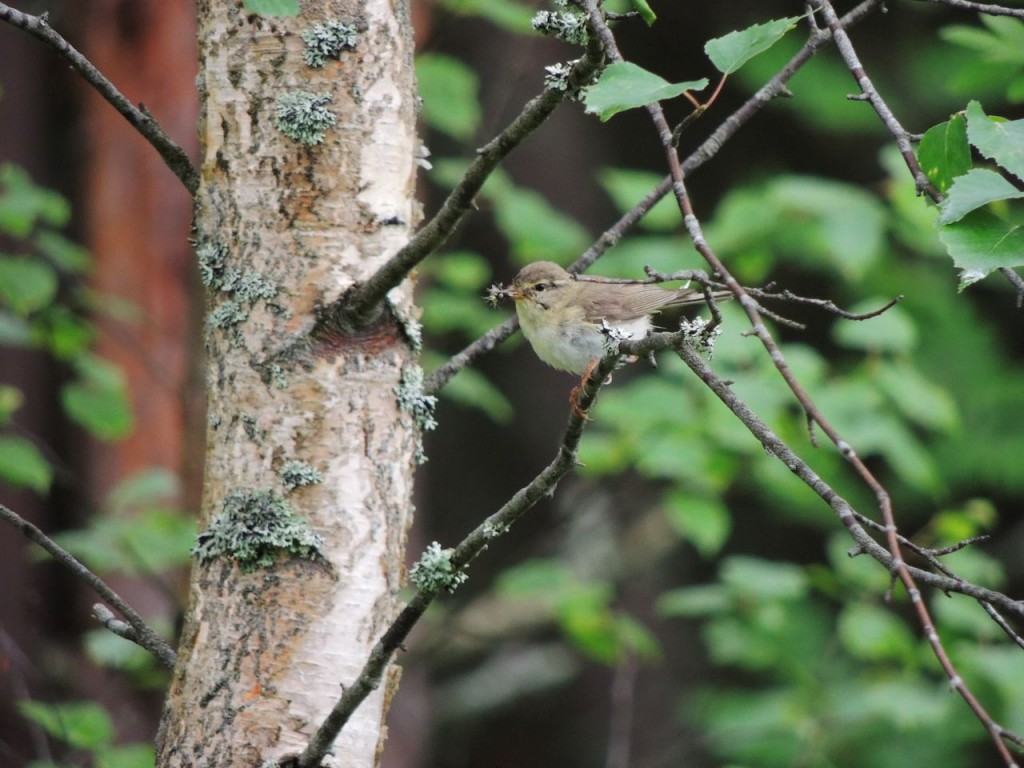
Field birds: Cranes are apparently quite common. I had three or four sightings mostly rather distant and there were several Lapwings in amongst the first bunch of Cranes.
My field notes for the trip include about 65 species; not many, but for reasons I’ve suggested. The highlights were the Ural Owl, Great Spotted Woodpecker, Black-throated Diver/Loon and Hawfinch, all of which prompted blog entries in their own right.
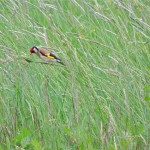
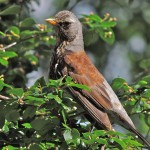
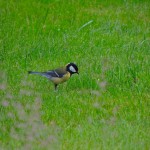
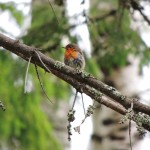
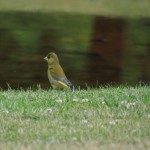
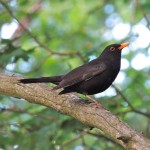
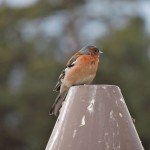
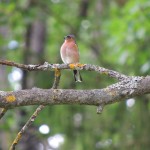
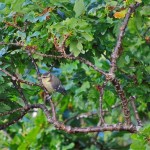
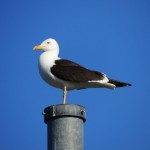
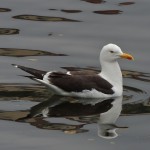
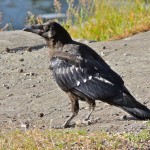
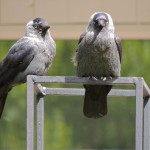
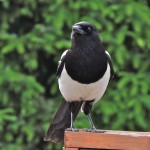
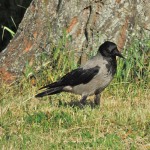
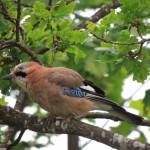
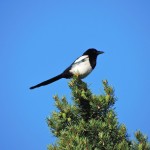
Marvellous photos Peter and some birds I remember from my childhood. Thanks.
A wonderful read. Excellent photos.
I hope we can add to your gallery when you are here in September.
Do you have a “hit list” for the trip?
See you soon.
Good birding
John
Thank’s Peter!
We knew the Magpie and the Crow very well on our farm in Norway. My brother had a crow pet who liked to sit on his shoulder.
That looks like a female Marsh Harrier. On that view you would see the white rump and streaks on the back and nape. It looks very uniform dark brown, which is typical for Marsh Harrier.
Thank you. I´m somewhat incommunicado at present, but I appreciate your thoughts. With your comments in mind, I´ll take a closer look on my return.
Your write-up was interesting. I hope to travel to Sweden in June too. This is going to be my first time, in fact first time to Europe. Which places would you recommend for me to visit for birding? I will need to use public transport. Is Dalarna easily Lake accessible from Stockholm? Would be happy to have your inputs.
Hi have just re-read my blog post. I don’t really have much to add. Oland is an island on the east coast, it is supposed to be good – but I suspect more so in fall than mid-summer. The coastline around Gothenburg is pretty spectacular, but as I said in my post, by June most birds have flown north past central Sweden.
Try Birdingpal; I hope you have better luck than I did.
We had a friend show us around Dalarna (reachable by train) so I have no advice that I think would be helpful.
Presumably you’re not going there solely for birding. I think my advice is enjoy the country for what it is: beautiful, green, organised, sophisticated etc. etc. and just grab whatever birding you can.